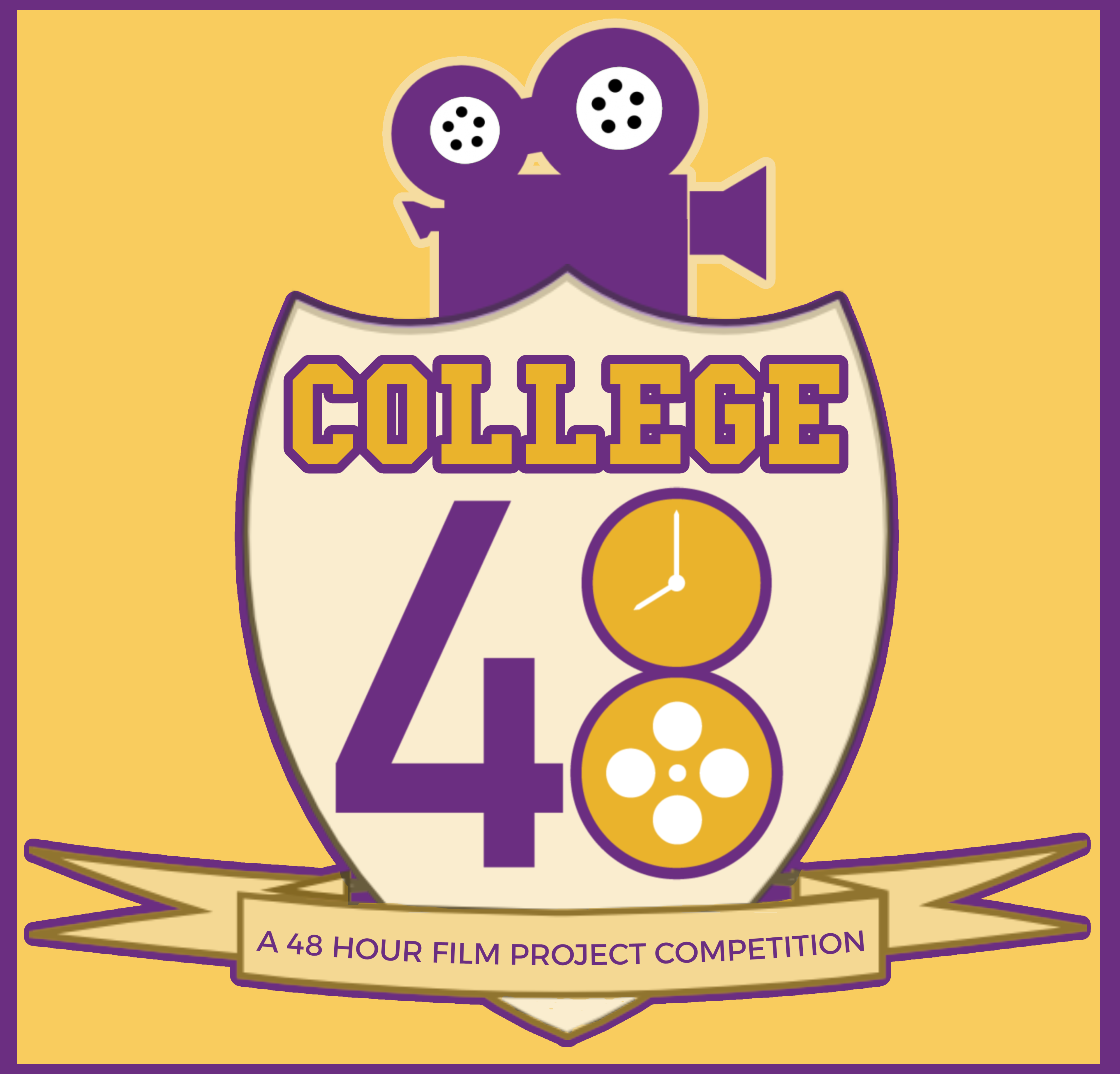South Africa 52
Listen to South Africa 52, an 83-year-old woman from Worcester, Western Cape, and Pretoria, South Africa. Click or tap the triangle-shaped play button to hear the subject.
Both as a courtesy and to comply with copyright law, please remember to credit IDEA for direct or indirect use of samples. IDEA is a free resource; please consider supporting us.
BIOGRAPHICAL INFORMATION
AGE: 83
DATE OF BIRTH (DD/MM/YYYY): 28/05/1934
PLACE OF BIRTH: Worcester, Western Cape
GENDER: female
ETHNICITY: White
OCCUPATION: retired school teacher
EDUCATION: technical college (business and education)
AREAS OF RESIDENCE OUTSIDE REPRESENTATIVE REGION FOR LONGER THAN SIX MONTHS:
The subject was born in the Western Cape but moved at the age of 5 with her parents to Pretoria, where they spent several years before moving back to the Western Cape. The subject spent most of her adult life traveling and living abroad, accompanying her husband for his work. They have lived in several African, European, and Asian countries, but have settled back in the Western Cape for their retirement.
OTHER INFLUENCES ON SPEECH: N/A
The text used in our recordings of scripted speech can be found by clicking here.
RECORDED BY: Nadia Barnard
DATE OF RECORDING (DD/MM/YYYY): 22/05/2018
PHONETIC TRANSCRIPTION OF SCRIPTED SPEECH: N/A
TRANSCRIBED BY: N/A
DATE OF TRANSCRIPTION (DD/MM/YYYY): N/A
ORTHOGRAPHIC TRANSCRIPTION OF UNSCRIPTED SPEECH:
My goodness! OK, to start with, I was born in Worcester. My mother has been a school teacher – languages, English and Afrikaans exclusively – for higher school. So, all her life, all the life I’ve known my mother, she has taught, either as a permanent teacher at a high school or a college; and later as she was into her eighties, she taught privately in her apartment. And she was very good with them, I, I s- I frequently sat with her and listened how she was doing it. And then she’d switch from talking to the student – just one student at a time – she’d switch from talking to the student and speak to me in Afrikaans and then expect the student to answer back and tell her what, what we’ve been talking about.
She was one of fifteen boys and girls. There had been twenty, but some of them had died very early after birth. My mother’s mother died at the age of 36, having had that many children. Wh- when my mother told me that the first time, I said, “What!” Er, but whenever there was a family affair, the family affair was at Tulbagh. Either her eldest brother, er, who was – became the head of the family when my grandfather died. And his wife was a honey. That particular uncle of mine — my mother’s eldest brother — he came to my mother one day; I was at high school, and he gave her a, a real preaching! He wanted her to understand that he didn’t approve of the way she was bringing me up, allowing me to wear long trousers – y- you know: jeans, long trousers. And he’d, he’d actually heard that I also was allowed to wear a pair of shorts in the hot weather. So, if I speak Afrikaans, it’s OK? Mother – my mother – said to him [in Afrikaans], “Boetie, sy’s my kind, ek gee die toestemming dat sy ‘n langbroek mag dra, ek gee die toestemming dat sy ‘n kortbroek mag dra wanneer ons strand toe gaan, nie in die dorp nie. En Boetie het verder niks te se^ oor hoe ek my kind grootmaak!”
I remember asking my mother one day, “But if there were so many children, and my ouma [Afrikaans for “grandmother”] was permanently pregnant, er, who did the cooking and who looked after the children of the — in the family?” So my mother said, “Well, you know, the eldest daughters in the family do!” And so she named four of her, er, eldest sisters: “None of them are married! They ha- …” I said, “Why not?” She said, “Because they r- saw how hard married life could be, and what pressures are put the — on the wife if there’s a husband who wants more children.”
Er, his mother: She kept a lot of the Scottish ways of expression, expressing. She was very strict and very smartly dressed always, but traditional, old-fashioned style, with a, a sort of a lace necking here, and a little bow, and — now I remember! She did beautiful crocheted work, and what’s the other thing? Tatting; it’s called tatting! I used to watch her doing it and – and s-
it’s like a little – a little plastic thing with white embroidery thread wound up, and I don’t know how you start it. You, you – it’s almost like knitting; you make a start by knotting something, and you know holding it in one hand, and then you put the shuttle through it and pull it through the other. [Subject laughs.] It ends up being a long piece of lace!
TRANSCRIBED BY: Nadia Barnard
DATE OF TRANSCRIPTION (DD/MM/YYYY): 28/05/2018
PHONETIC TRANSCRIPTION OF UNSCRIPTED SPEECH: N/A
TRANSCRIBED BY: N/A
DATE OF TRANSCRIPTION (DD/MM/YYYY): N/A
SCHOLARLY COMMENTARY: N/A
COMMENTARY BY: N/A
DATE OF COMMENTARY (DD/MM/YYYY): N/A
The archive provides:
- Recordings of accent/dialect speakers from the region you select.
- Text of the speakers’ biographical details.
- Scholarly commentary and analysis in some cases.
- In most cases, an orthographic transcription of the speakers’ unscripted speech. In a small number of cases, you will also find a narrow phonetic transcription of the sample (see Phonetic Transcriptions for a complete list). The recordings average four minutes in length and feature both the reading of one of two standard passages, and some unscripted speech. The two passages are Comma Gets a Cure (currently our standard passage) and The Rainbow Passage (used in our earliest recordings).
For instructional materials or coaching in the accents and dialects represented here, please go to Other Dialect Services.
 IDEA: International Dialects of English Archive
IDEA: International Dialects of English Archive





